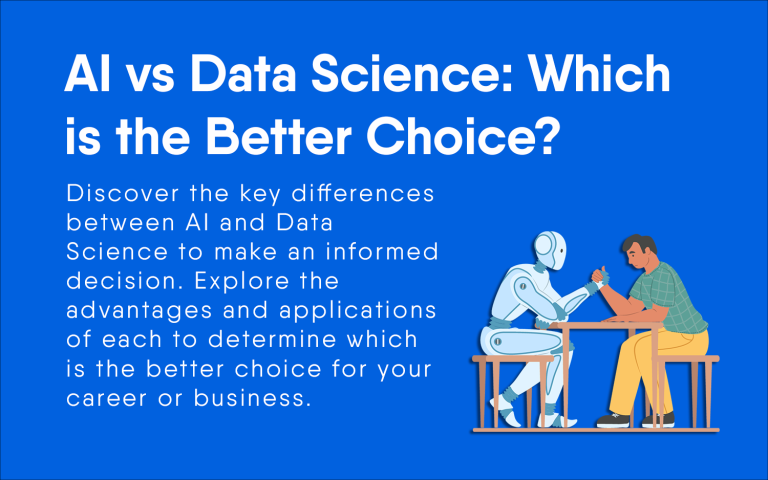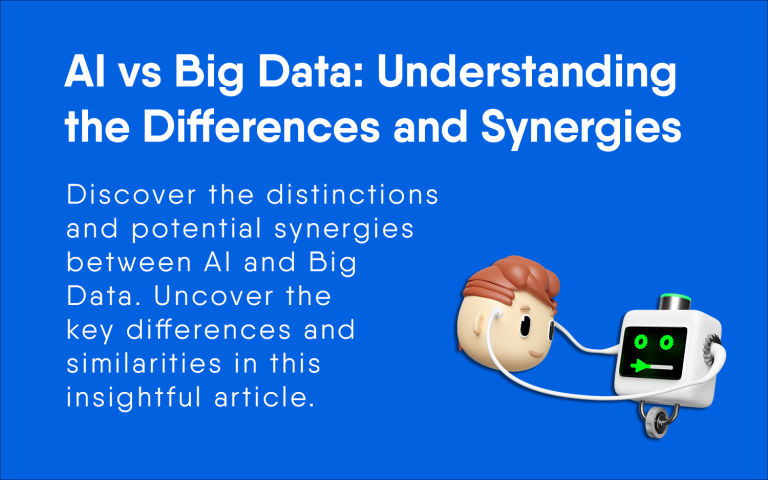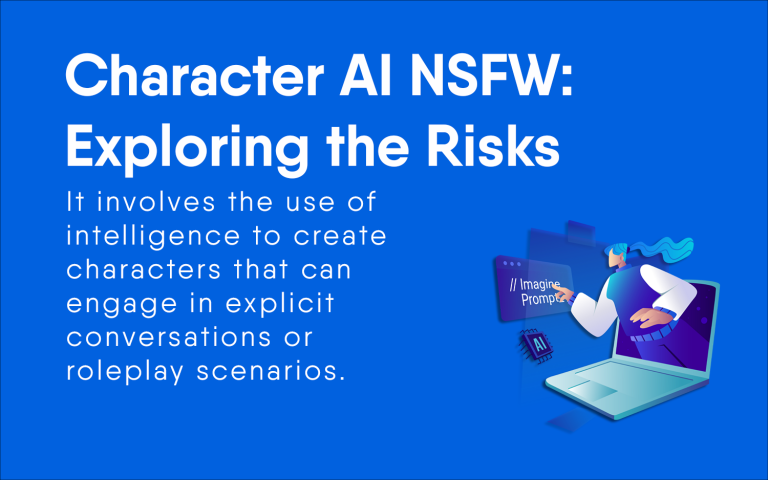How to Humanize AI Content: Enhancing Relatability in Digital Interactions
As more businesses adopt AI content generation tools, the focus on maintaining the essential human element within digital communications has intensified. Over half of business leaders are incorporating AI into their content strategies, valuing its promise of increased efficiency and productivity. However, this technological advancement often overlooks the unique charm and relatability that human-crafted messages carry, sometimes diluting the distinctive voice that brands and writers work hard to cultivate.
Emphasizing the significance of personal touch in digital content, this article draws from a deep well of content marketing expertise to offer strategies for blending AI’s computational capabilities with the nuanced, emotive flair of human expression. These insights are invaluable for anyone from bloggers to social media gurus, helping them create content that resonates with readers and stands out in the vast digital landscape, all while safeguarding the writer or brand’s unique voice.
Key Takeaways
- AI tools offer efficiency but can dilute the unique voice of content creators.
- Maintaining a human touch in AI-generated content is essential for relatable storytelling.
- Strategic tips help integrate AI without sacrificing the personal touch in various digital formats.
Characteristics of Human-Centric Writing
The distinctiveness of writing by humans lies in the infusion of personal flare and depth that resonates with others. Consider the following elements that make such writing relatable and rich:
- Empathy & Emotion: Engaging with audiences through feelings and experiences.
- Cultural Nuance: Weaving in cultural references and idiomatic expressions for familiarity.
- Creative Storytelling: Crafting stories that captivate through narratives.
- Authentic Voice: A signature style reflecting personality and authenticity.
- Contextual Clarity: Conveying information with relevance and context, ensuring comprehension.
- Humor & Wit: Injecting humor where appropriate for light-hearted engagement.
- Linguistic Fluency: Utilizing colloquialisms and an active voice for a natural-sounding flow.
- Innovative Expression: Harnessing human creativity for fresh insights.
- Relatable Content: Creating connections with relatability at the core.
Through these practices, human writers establish trust and evoke curiosity, prompting a closer author-reader bond.
Reasons Behind the Lackluster Nature of AI-Created Content
AI-generated content often tends to be monotonous and impersonal due to these reasons:
Uniformity in Output: Algorithms prioritize high efficiency and volume, crafting responses based on the most statistically prevalent data, which can lead to a lack of uniqueness.
Limitation in Understanding: Unlike humans, AI lacks the ability to grasp cultural nuances or inject conversational idioms, making the content feel robotic.
Tools like ChatGPT and similar AI systems focus on scalability and speed rather than the intricate qualities of human touch in writing.
AI heavily relies on natural language processing, but without truly understanding human emotions or experiences, the text misses the mark on engaging the reader on a personal level.
Despite advancements, artificial intelligence (AI) still cannot seamlessly mimic the authentic voice and tone of human writing due to its automation-centered approach.
Strategies for Making AI Content Sound More Human
Sharing Personal Insights and Stories
Individuals connect with stories and lived experiences. Personal insights can infuse AI-crafted content with authenticity, making it more engaging for your audience. Narratives of how certain insights or products have positively impacted one’s life can lend credibility and create emotional connections.
Ways to apply:
- Integrate stories from your experience relevant to the topic.
- Reinforce your expertise by detailing successes or lessons learned.
Incorporating Emotional Expressiveness
Injecting the right emotional undertones into content can enliven it, forging deeper connections with your audience. Emotions like joy, anticipation, or even frustration, when used appropriately, can resonate with readers and spark engagement.
Approaches to consider:
- Select emotionally charged words to convey feelings.
- Use descriptive language to immerse your audience in the content.
Tailoring Prompts for Preferred Tone
For content to sound natural and reflect a distinct style, detailed instructions should guide the AI. Specifying the desired tone, language nuances, and even the structure can yield results that harmonize with your brand voice.
Effective prompting:
- Clearly specify the tone and style when setting up AI prompts.
- Direct the AI tool to employ anecdotes or humor if that aligns with your brand.
Training AI to Reflect Your Writing Style
Customizing AI to mirror your unique writing style can deliver content that feels authentically yours. Setting up parameters and feeding it with examples of your voice will yield better alignment between AI-generated drafts and your expected output.
Customization steps:
- Select a customizable AI tool: Look for platforms offering training features.
- Provide samples: Use existing content as style benchmarks for the AI.
- Review and revise: Consistently adjust the guidance to home in on your style.
Positioning AI as Information Gatherer
Utilize AI tools to compile research data or summaries, which can then be shaped into content that reflects your narrative voice. This ensures the final output retains the authenticity and personalized touch that only a human can provide.
Tips for using AI research:
- Request short bullet points or summaries that you can expand on, thus retaining control over tone and style.
- Use AI to pull the latest data, then weave the information seamlessly into your voice.
Ensuring Accuracy Through Fact-Checking
AI’s efficiency must be balanced with scrutiny to ensure reliability. By rigorously fact-checking and editing AI-generated content, you can enhance its quality and maintain the trust of your audience.
Editing considerations:
- Remove redundancies: Trim repetitive language to improve conciseness.
- Simplify jargon: Choose straightforward expressions over complex ones.
- Verify facts: Cross-check data and refresh outdated statistics.
- Challenge absolutes: Scrutinize definitive claims for potential bias.
Utilizing AI Content Detection Tools
Detection tools can discern AI-generated content, which can help refine its humanness. However, these tools aren’t infallible. Editing by human judgment remains paramount for ensuring quality.
Balancing technology and human oversight:
- Use detector tools to assess how “human” the content reads.
- Pair these tools with grammar and style checkers to enhance readability and clarity.
Key Considerations in AI Collaboration
Remember that AI is best viewed as an assistant, augmenting but not replacing the creative and insightful elements that are distinctly human. This partnership requires an empathetic touch and reflective editing to truly speak to your audience in an authentic manner.
Summary
Incorporating personal anecdotes and emotional elements into content enriches its connection with readers. These strategies personalize content while leveraging AI’s capabilities in data gathering and analysis.
Writers must remember that their individual creativity and genuine expression distinguish their work. Using AI judiciously ensures content remains engaging and authentic to one’s voice.
For further enhancement of writing skills, a variety of resources are available, including guides on style and comprehensive tools for grammar refinement.

Faisal Rafique
I’m an accomplished entrepreneur and content creator with a strong background in technology and software engineering. My expertise spans web development, eCommerce, programming, hosting management, technical support, and data science. I hold a Master’s Degree in Computer Science and Engineering, and I have over 5 years of professional experience, which I leverage to grow my digital business and popular blog, FaisalRafique.com






